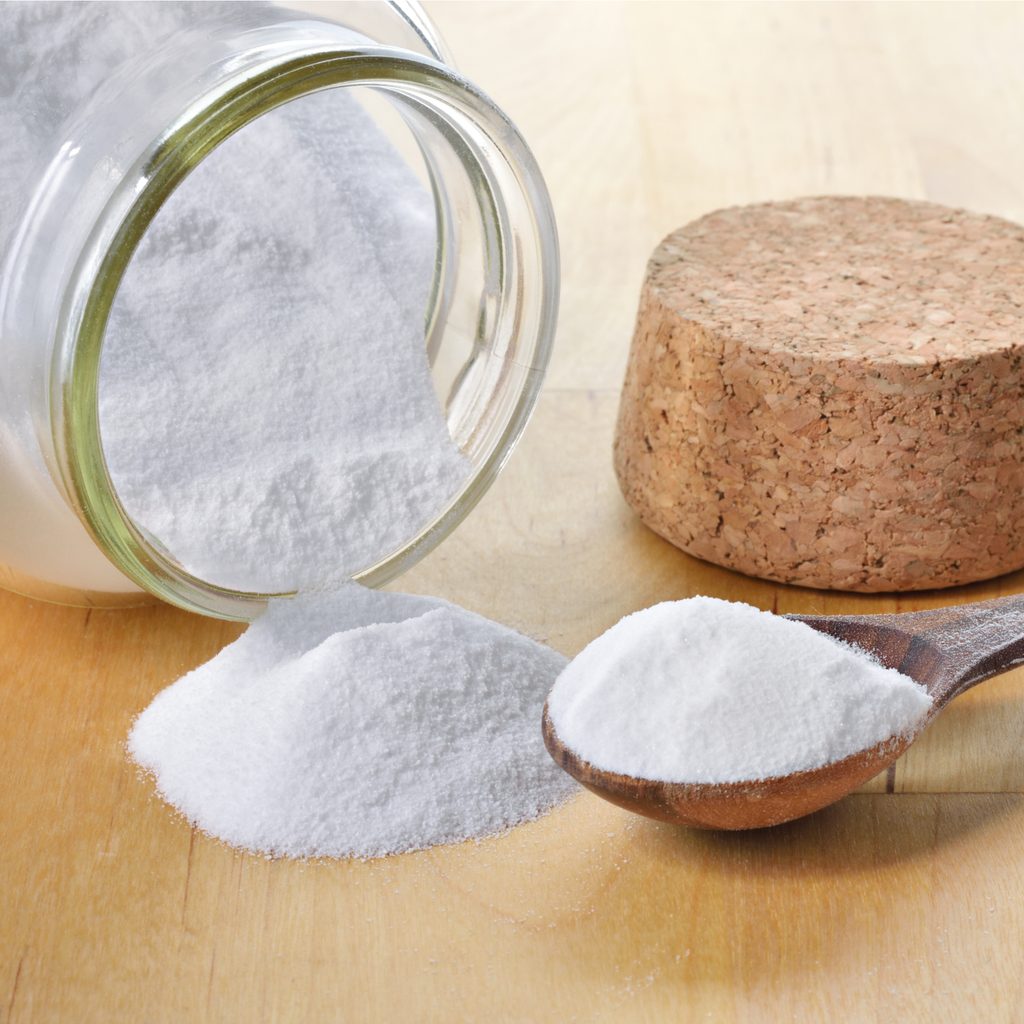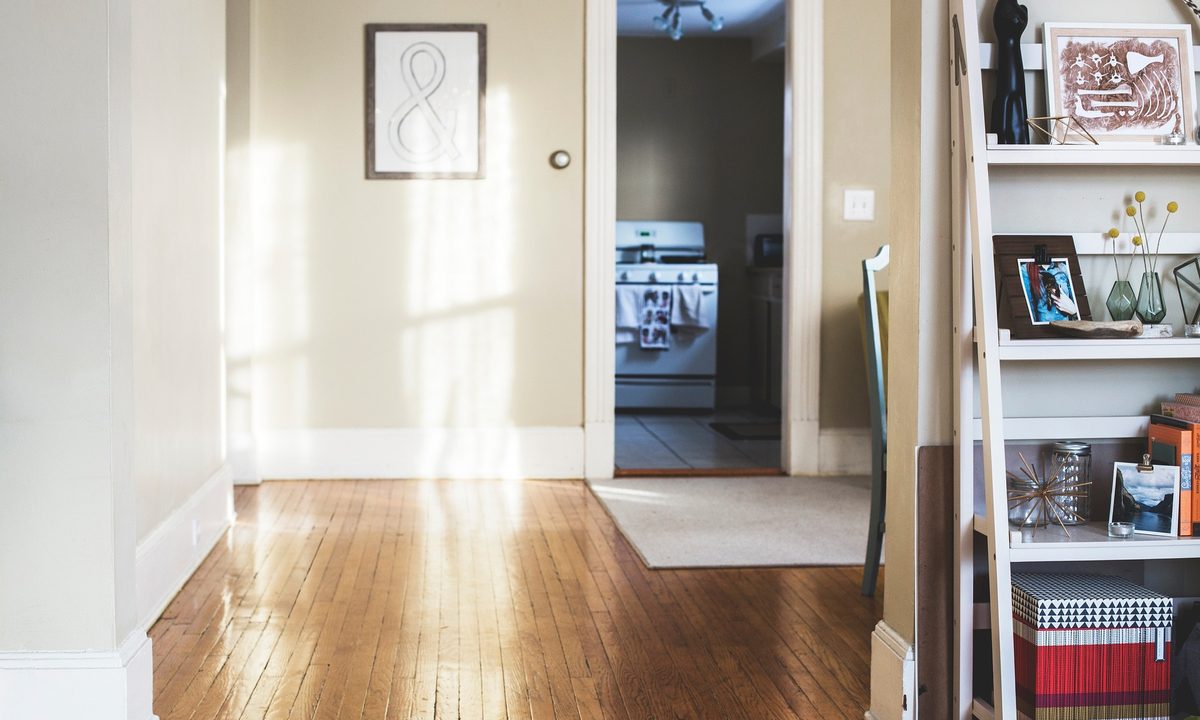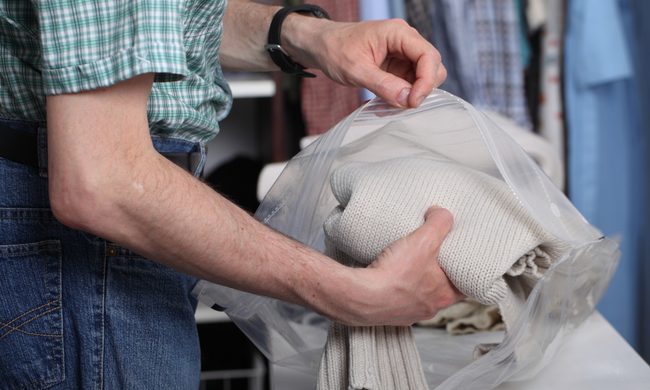A sparkling clean apartment or house creates an environment that gives you pride and peace. While sparkling clean baseboards aren’t the most noticeable feature of a room, dirty, grimy ones will definitely be noticed.
Those strips of wood or molding certainly collect a lot of dust, particularly if you have central or ]baseboard heaters that kick up dust and dirt that sticks to the wood material. It’s definitely a daunting task, but those baseboards need to be thoroughly cleaned on occasion. We’ll walk you through the best and easiest methods for how to clean baseboards so they’re sparkling clean, and stay that way.

What is the best way to clean your baseboards?
The most effective cleaning method is admittedly the most involved. The best method for cleaning particularly grimy baseboards will take a few cleaning tools and some elbow grease. Let’s walk through our method for thorough baseboard cleaning.
Step 1: Hook up your vacuum’s brush attachment, turn on the vacuum, and run the brush along the baseboards to suck up loose debris and cobwebs. Make sure to scrub the brush against the wood firmly to loosen up any grime you can.
Step 2: Mix together a bucket of warm water and mild dish soap. If your baseboards are stained and not painted, try adding a bit of vegetable oil to the mixture. This will not only help loosen up grime, but it will also freshen the wood and give it a good shine.
Step 3: Dip a sponge in the cleaning solution and wipe along the baseboards, scrubbing with some effort on particularly grimy spots.
Step 4: Grab a cotton swab, like a Q-tip, and dip it in your cleaning solution. Use it to work out any grime in corners and other crevices on your baseboards.
Step 5: If there are any stains on white baseboards, get a Magic Eraser sponge slightly damp and scrub the location of the stain.
Step 6: Use a slightly wet microfiber cloth to wipe the baseboards after you’re finished cleaning them. This will get rid of any residual cleaning solution that might leave a visible residue.

How do you clean baseboards without kneeling?
If you’re not interested in getting on your hands and knees to clean your baseboards, don’t worry. You’re not alone. The good news is, there is an effective method and a creative DIY tool you can use to get those boards sparkling without breaking your knees and back. Here’s what you do!
Step 1: Grab a clean sock and a toilet brush. Make sure the toilet brush is a new one since you don’t want to spread bacteria around your house.
Step 2: Insert the toilet brush into the sock so that the bristled end of the brush is all the way at the toe of the sock.
Step 3: Dip the sock into your cleaning solution of warm water, dish soap, and vegetable oil if you’re cleaning unpainted wood, and start scrubbing away. The bristles of the brush will work the grime off of the baseboards, and the sock will protect from scratches and wipe away the grime as you’re going.
Step 4: Once you’ve scrubbed the baseboards with your DIY cleaning contraption, replace the used sock on the toilet brush with a clean one and dampen it with water.
Step 5: Run the clean, damp sock over the baseboards to get rid of residual soap.

How to get scuff marks out of baseboards
To remove scuff marks from baseboards using a baking soda paste, follow these simple steps.
Step 1: Using a soft cloth or sponge, gently rub the paste onto the scuff marks.
Step 2: Allow the paste to sit on the marks for about 5-10 minutes.
Step 3: Dampen a clean cloth with water and wipe away the paste, revealing a clean, scuff-free surface.
Step 4: If stains persist, repeat the process or use a Magic Eraser sponge.

How do you keep baseboards clean?
Once you’ve put in all that effort and painstakingly cleaned your baseboards so that they’re sparkling and gorgeous, you probably won’t want to go through that again for a long time. Is there an easy way to keep baseboards clean? Yes! Here’s how.
Step 1: Grab a few dryer sheets and wipe them along the baseboards. Dryer sheets contain fabric softener, which repels dust really well. This means you’ll be able to simply vacuum up dust around the baseboards for a while without having to scrub off grime.
Step 2: To use the dryer sheets without bending over, attach them to a Swiffer mop and simply run the mop’s head along the baseboards.

How often should I clean baseboards?
Even after you’ve cleaned those grimy boards and used your dryer sheets to prevent dust buildup, you’ll still eventually have to clean your baseboards again. It’s recommended that you run your vacuum over them weekly to get rid of cobwebs and dust, but you should give them a thorough cleaning every few months to prevent tough grime buildup in the future.
Your living space should be peaceful, pleasant, and pristine. Dirty baseboards can be a real eyesore, and they can also harbor bacteria and allergens that escape into the air around you. Keep your space clean and sanitary by giving your baseboards a regular cleaning. With our guide, those boards will be clean, sanitized, and looking great in no time.




